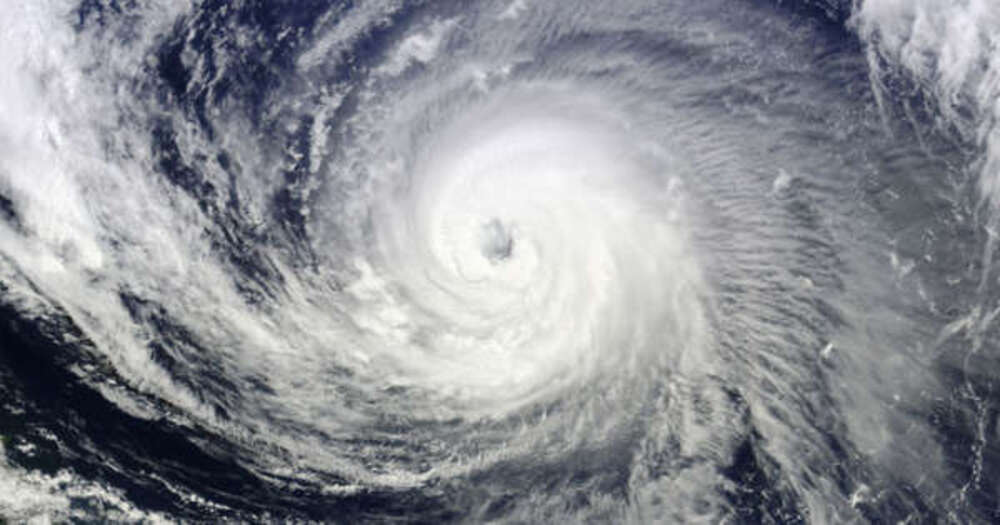Cyclone Freddy has made headlines worldwide as it wreaks havoc on the southern coast of Africa. The storm, which began on February 6, has already hit the coast of Mozambique and Madagascar, and recently made a second landfall in Mozambique, leaving more than 220 people dead. But aside from its devastating impact, Cyclone Freddy has also broken several records, highlighting the dangers of climate change and the increasing intensity of tropical storms.
Most accumulated cyclone energy
Cyclone Freddy has broken the record for most accumulated cyclone energy (ACE) in the southern hemisphere and possibly worldwide. ACE measures a storm’s wind strength over its lifetime. The World Meteorological Organization estimates that Freddy has produced almost the same amount of total cyclone energy as a typical full North Atlantic hurricane season.
As of last week, Freddy was in second place for the most accumulated cyclone energy since 1980, with Hurricane and Typhoon Ioke in 2006 holding the record. According to some estimations, Freddy has since surpassed that mark, scoring 86 ACE as opposed to Ioke’s 85 ACE.
Tropical cyclone Freddy is longest-lasting
The previous record for the longest-lasting tropical cyclone may have been beaten by Cyclone Freddy. Currently, a 31-day hurricane in 1994 holds the record. Freddy began to form on February 6 and reached its second landfall on the Mozambican coast on March 11—a span of 34 days.
According to the International Meteorological Organization, experts are still debating whether it broke the record because of a number of circumstances, including the fact that it briefly lost tropical cyclone status.
Most cycles of intensification
It looks like Cyclone Freddy broke the record for the most instances of rapid intensification. A 35-mile-per-hour increase in wind speed over the course of 24 hours is referred to as rapid intensification.
The World Meteorological Organization said that satellite assessments indicated that Freddy experienced seven distinct episodes of rapid intensification.
Four was the previous high, which was accomplished by many hurricanes. The World Meteorological Organization announced that it would form an expert group to review both this record and the others.
Why cyclone Freddy took an unusual path
Cyclone Freddy’s path is also worth noting as it deviates from the usual path of tropical cyclones in the southern Indian Ocean.
The storm developed off the coast of Australia, crossed the entire South Indian Ocean, and traveled more than 8,000 km (4,970 miles) to make landfall in Madagascar and Mozambique in late February.
Then, after making a loop, it struck Mozambique’s coast once more two weeks later before heading inland to Malawi.
No other tropical cyclones observed in this region of the world had traveled across the Indian Ocean in the previous 20 years, according to the U.S. National Oceanic and Atmospheric Administration. Only four storms, the most recent of which occurred in 2000, have ever traversed the southern Indian Ocean from east to west.
The impact of climate change on tropical cyclones
The increasing intensity of tropical storms like Cyclone Freddy is linkable to climate change. As the Earth’s temperature rises, so does the temperature of the oceans, providing more heat energy for tropical storms to intensify. Warmer oceans also mean that tropical storms can retain their strength for longer periods, which could explain why Cyclone Freddy has lasted for such a long time.
Besides, climate change can also affect the path of tropical cyclones. A warmer atmosphere can change wind patterns, altering the course of storms. The unusual path of Cyclone Freddy could be a result of these changing wind patterns.

